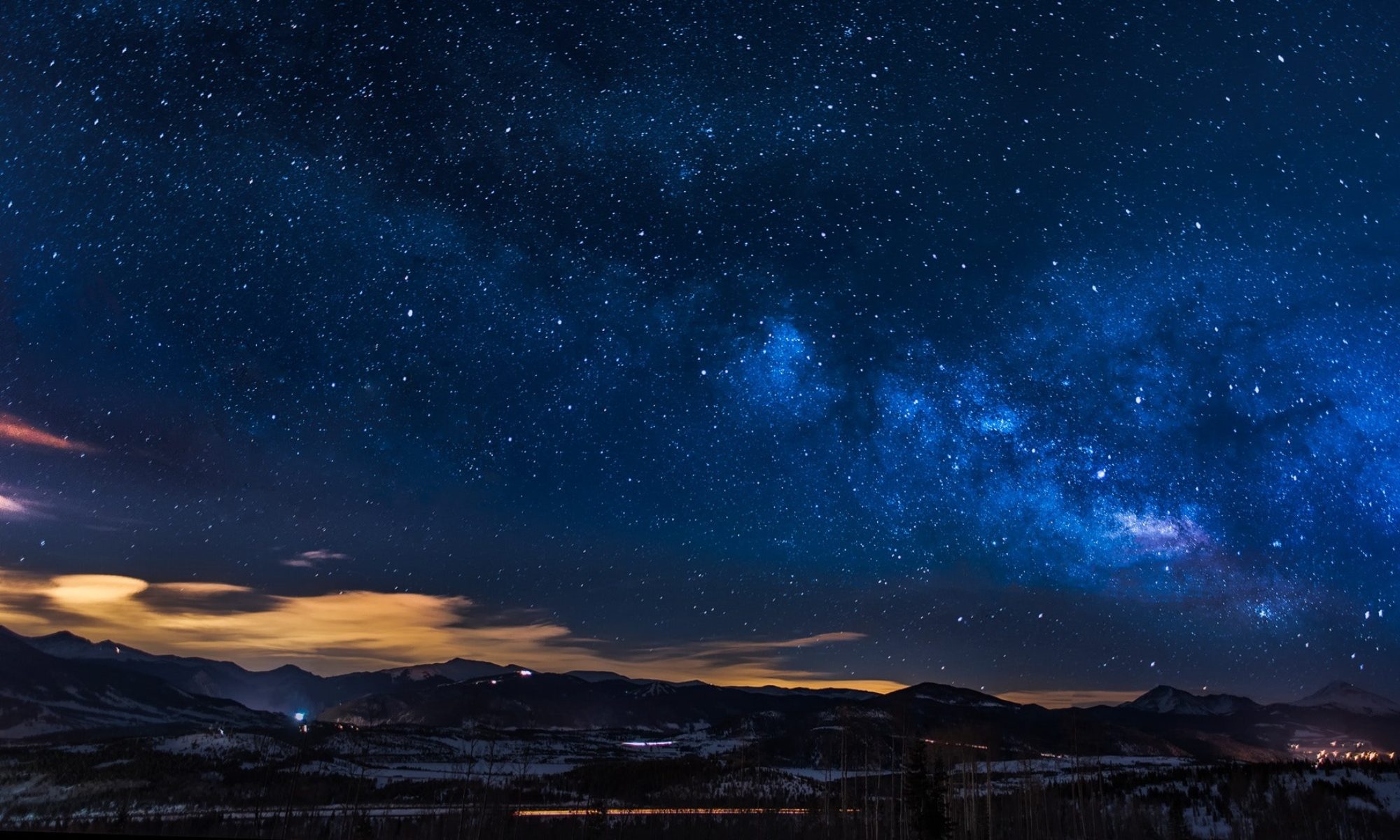We were in a hotel room in Austin when James Comey was testifying before Congress. We sat, mesmerized, but then realized our time in Austin was short and there would be coverage of Comey that we could catch up with later. So we went to the LBJ Library to learn, to remember, and to mourn the America we thought we lived in.
Of course, Vietnam, a war without popular support and without apparent rationale at any level, throws its shadow over the Johnson presidency. But, even with that, what he accomplished! Civil rights, voting rights, Medicare, Medicaid, the Office of Economic Opportunity, creation of HUD, the NEA, PBS, and VISTA, automobile safety, vocational education, and on and on—it’s an impressive list centered around education, the arts, civil rights, and what we now talk about as economic inequality. Basically whatever’s getting dismantled now can probably be traced back to then.
But what particularly grabbed me was an exhibit of pictures of each of the country’s First Ladies. These pictures—either painted or photographed—were at some level “official” portraits, hung in official places and at some level selected and sanctioned enough so we can assume this is how each woman chose, or was comfortable with, being portrayed. It’s a fascinating collection. Here are my snap-shot impressions of some of the often surprisingly revealing portraits:
Martha Washington—looks as if she, like George, was conscious that “history has its eyes on (them)”. She looks dignified and–despite clothes that look ornate to us–modest and unpretentious.
Dolley’s got some cleavage!
Early 19th century Elizabeth Monroe’s portrait looks slightly 17thcentury Dutch, but her burgher husband would have to have been prosperous: she’s wearing black and crimson with ermine-trimmed sleeves. Angelica Van Buren also looks fortunate as she stands beside a bust of her husband.
By contrast Anna Harrison looks awful (terrible hat–call Aretha stat!) but she had good cause: her husband died 31 days after his inauguration. It’s said he died of pneumonia after catching a cold while giving the country’s longest inaugural address on a frigid March day without a hat, gloves, or overcoat. Anna, by contrast, was ill at home in Ohio and didn’t plan on moving to Washington until spring. Hmm.
John Tyler, of whom I know little, looks slightly unkempt, but both of his wives (at separate times) look kind of triumphant to be having official portraits done.
Sarah Polk looks moody in her Italian-Renaissance-looking portrait, while both Margaret Taylor and husband Zachary look like they come from hardy stock.
Jane Pierce looks as unembellished as her name. But Harriet Lane, James Buchanan’s niece appears ready to make the most of her time in the limelight, with flowers trailing from her hair to her waist. Mary Lincoln is a visual spoiler alert, looking sad, distracted, and haunted.
Frances Cleveland looks elegant, light falling on her amply exposed skin. Helen Taft looks imperious. Grace Coolidge, who, it turns out, taught at a school for the deaf, is stunning, posed in a red dress beside a white dog, a long gauzy wrap floating from her arm past trees to a distant White House.
Mamie Eisenhower’s portrait shocked me with its little girl pinkness—pink dress, pink gloves, pink bag—and a vague smile beneath those tiny bangs.
Jackie, too, was a surprise. In her portrait painted nearly a decade after she left the White House this most fashion-savvy of first ladies is wearing a long high-necked thing that looks like maybe a dressing gown for Dame Edna.
Lady Bird is also a surprise, radiant and beautiful as she looks directly at the camera. Pat Nixon, as one might expect, looks pained, sitting in her blue lace dress her hair a little too blond. And Rosalynn Carter, whom I think of as capable and outspoken, looks as if she’s made herself smaller for the picture with arms at her sides, hands in her lap, and a slightly upward look.
Barbara Bush looks In. Control.—confidant and at home—while Laura looks as if she’ll be glad to get back to Texas.
Hillary, looking very young, is posed between a chair and a small round able that holds a few items that could be White House mementos, slight poised between two worlds.
And Michelle—thoroughly modern Michelle with her strong bare arms and her decidedly non-matronly double strand of pearls—looks like tomorrow even though she is, sadly, yesterday.
The current First Lady’s portrait has not yet been hung.
